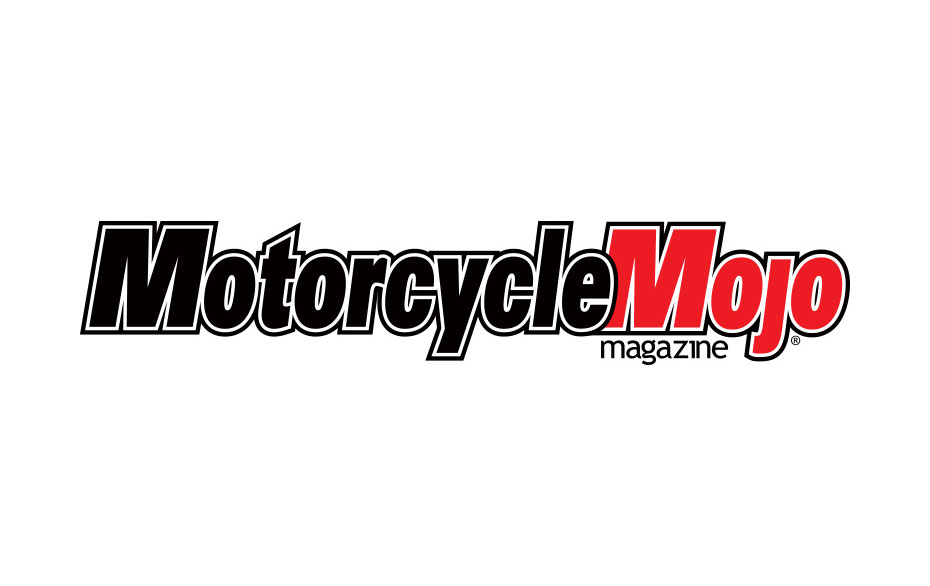Packing a complete set of motorcycle riding gear can be a daunting task, but following a few rules can make for a less stressful experience
Booking a motorcycle tour abroad is an excellent way to experience foreign countries on two wheels. Although these tours may include motorcycle rental and a chase truck to carry your luggage, you still have to pack your riding gear and daily necessities. Being an experienced traveller, I’ve learned over the years the dos and don’ts of air travel, especially when travelling with riding gear.
Get a Proper Gear Bag

Avoid branded luggage. “Harley-Davidson” or “Ducati” plastered all over your gear bag is almost an invitation for someone to rummage through it, and, like it or not, baggage handlers sometimes help themselves to the wares of others if the opportunities arise. For added protection, you can secure your bag with a TSA-approved lock, though it may still be cut off during baggage inspection.
Packing Tips
Pack heavy items near the wheel end of the bag so it is easier to carry when upright. Save space in your luggage by packing items like T-shirts and other clothing in your boots. To further maximize packing efficiency, pull the armour out of your riding gear so it folds smaller, and pack the armour within the gaps in your bag. Avoid cotton underwear: synthetic materials pack tighter and you can wash them in a hotel sink in the evening; they’ll be dry by morning.
I suggest you carry your helmet on board in a helmet bag (I use an Ogio Head Case) to protect it from damage and to lighten the load in your gear bag. Note that even a full-face fits under aircraft seats, as well as in the overhead compartment of large aircraft. And you can carry a day’s change of clothes and other items in your helmet bag. Remember to pack the empty space inside the helmet.
Watch Your Weight
Using an Air Canada international flight for reference, you’re allowed one free checked bag of up to 23 kg per person; a second bag costs $100 each way. An overweight or oversized bag costs $100 each way. To calculate baggage size, add the dimensions of the height, weight and length together; Air Canada’s limit is 158 cm. My Ogio 9800 gear bag is slightly oversized, at 160 cm, but more often than not it is considered regular-size baggage. If a bag is oversized and overweight, you will only be charged once, so if your bag is oversized, don’t be shy to go over 23 kg, but don’t exceed 32 kg or your bag might be refused.
You are allowed to take on board one carry-on item (23 x 40 x 55 cm) and one personal item (14 x 33 x 43 cm) cost-free, weighing no more than 10 kg each. A helmet counts as a personal item. Liquids are limited to 100 ml bottles, and you must be able to fit all your toiletry liquids into a single one-litre zip-lock bag, not larger. Although I might be stating the obvious, any item that you consider imperative should be placed in your carry-on baggage.
Connecting Flights
When booking flights, avoid tight connections, or your baggage might not make it to your destination the same time you do. Travel agencies cannot book flights if the minimum connection time isn’t respected, which is between 40 and 60 minutes, depending on the airport. However, I suggest you book flights with connection times of at least two hours, allowing time for your baggage to transfer, as well as providing a buffer should you experience a delay on your pre-connection flight. Also, although it might cost less to choose a flight with several connections, note that with each connection comes the potential for baggage to get lost. Arrive at the airport at least two hours ahead of your departure time to allow time for your baggage to get on your plane.
If you can, board the aircraft early, or you might not have room in the overhead compartment for your carry-on baggage. And be courteous: store only one item above, with a second item under the seat.
Remember to Hydrate. A Lot
Air quality on an airplane is poor and very dry. This can lead to headaches and fatigue, so drink plenty of water. You’re drinking enough if you have to pee often. I always opt for an aisle seat for this reason. I can’t stress enough how important it is to hydrate; it makes the difference between stepping off a plane tired and wary and stepping off as fresh as when you first boarded. Avoid alcohol because it’s dehydrating.
And finally, get an international driver’s licence, available at any CAA office, and keep important documents on you at all times. And don’t forget your camera.
Following these simple steps should make airplane travel much easier and less stressful.











